
HLTAID014 - Provide Advanced First Aid
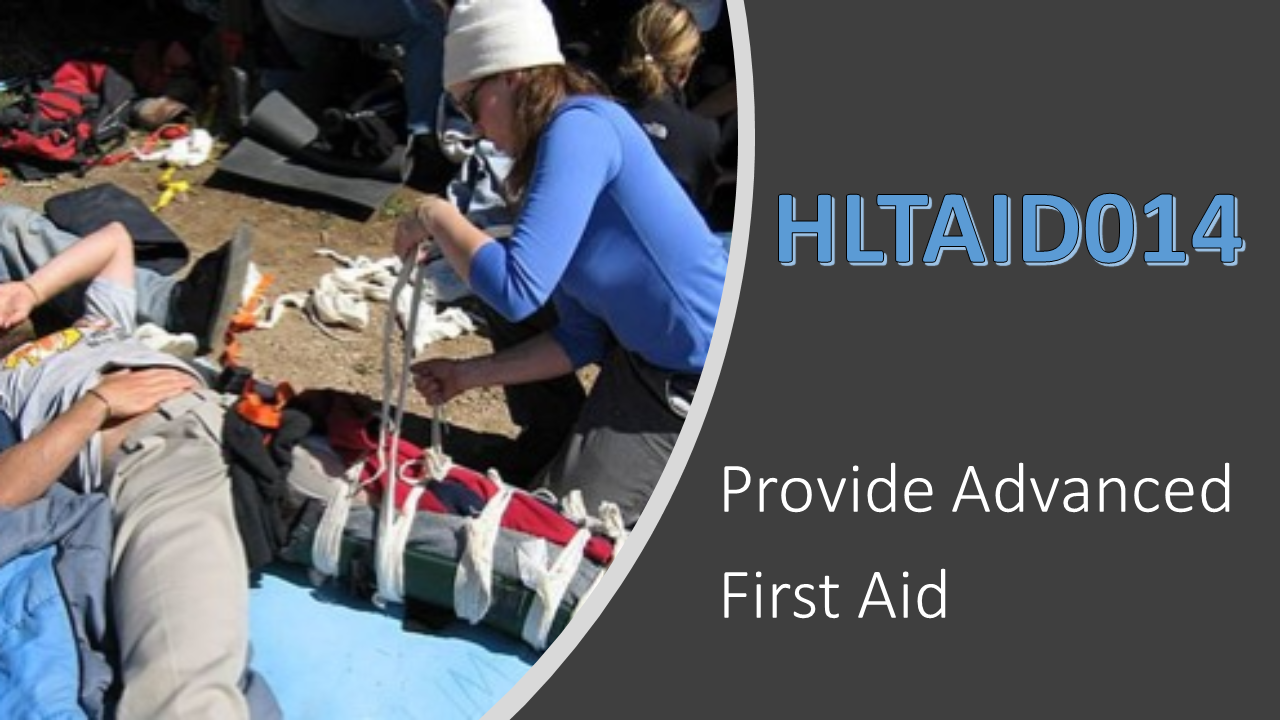
Overview
Course Description
The course duration period shown is the allowable timeframe for completion of the Online Theory. It not relevant to the nominal hours of the course or the unit certification period. This unit describes the skills and knowledge required to provide an advanced first aid response to a casualty in line with first aid guidelines determined by the Australian Resuscitation Council (ARC) and other Australian national peak clinical bodies. The unit applies to all persons who may be required to provide an advanced first aid response in a range of situations, including community and workplace settings.
What you'll learn
If the ANSWER AREAS ARE BOXES - This Means to Choose more than 1 option. If the ANSWER AREAS ARE CIRCLES - You can only choose 1 option ELEMENTS & PERFORMANCE CRITERIA Elements describe the essential outcomes. Performance criteria describe the performance needed to demonstrate achievement of the element. 1.Respond to an emergency situation. 1.1. Recognise and assess an emergency situation. 1.2. Ensure safety for self, bystanders and casualty. 1.3. Assess the casualty and recognise the need for first aid response. 1.4. Deploy resources to appropriate locations as required in line with appropriate workplace or site procedures. 1.5. Seek assistance from emergency services. 2. Apply appropriate first aid procedures. 2.1. Perform single-rescuer or two-rescuer cardiopulmonary resuscitation (CPR) in accordance with the ARC guidelines and availability of rescuers. 2.2. Provide first aid in accordance with established first aid principles. 2.3. Display respectful behaviour towards casualty. 2.4. Obtain consent from casualty where possible. 2.5. Use available resources and equipment to make the casualty as comfortable as possible. 2.6. Operate first aid and ancillary equipment according to manufacturers’ instructions. 2.7. Monitor the casualty’s condition and respond in accordance with first aid principles. 3. Coordinate first aid activities until arrival of medical assistance. 3.1. Identify available resources required and establish communication links with appropriate personnel, emergency services or medical assistance as appropriate. 3.2. Deploy required resources to appropriate locations in an efficient and effective manner to ensure timely treatment of casualties. 3.3. Monitor the condition of casualties in accordance with first aid principles and workplace or site procedures. 3.4. Coordinate evacuation of casualties according to relevant evacuation procedures. 4. Communicate details of the incident. 4.1. Accurately convey incident details to emergency services. 4.2. Report details of incident in line with appropriate workplace or site procedures. 4.3. Complete applicable workplace or site documentation, including incident report form. 4.4. Maintain privacy and confidentiality of information in line with statutory or organisational policies. 5. Review the incident. 5.1. Recognise the possible psychological impacts on self and other rescuers and seek help when required. 5.2. Arrange support services for personnel involved in the incident in accordance with relevant procedures. 5.3. Contribute to a review of the first aid response as required. PERFORMANCE EVIDENCE: Evidence of the ability to complete tasks outlined in elements and performance criteria of this unit in the context of the workplace or community setting. There must be evidence that the candidate has completed the following tasks in line with State/Territory regulations, first aid codes of practice, first aid guidelines determined by the Australian Resuscitation Council (ARC) and other Australian national peak clinical bodies and workplace or site procedures: managed, in line with ARC guidelines, the unconscious, breathing casualty including appropriate positioning to reduce the risk of airway compromise managed in line with ARC guidelines, the unconscious, non-breathing adult including: performing at least 2 minutes of uninterrupted single rescuer cardiopulmonary resuscitation (CPR) (5 cycles of both compressions and ventilations) on an adult resuscitation manikin placed on the floor performing at least 2 minutes of ventilation and at least 2 minutes of compression during a two-rescuer procedure on an adult resuscitation manikin placed on the floor following the prompts of an automated external defibrillator (AED) to deliver at least one shock responding appropriately in the event of regurgitation or vomiting demonstrating a rotation of operators with minimal interruptions to compressions managed, in line with ARC guidelines, the unconscious, non-breathing infant, including: performing at least 2 minutes of uninterrupted single rescuer CPR (5 cycles both compressions and ventilations) on an infant resuscitation manikin placed on a firm surface managed casualties, with the following: anaphylaxis asthma non-life-threatening bleeding choking envenomation, using pressure immobilisation fractures, dislocations, sprains and strains, using appropriate immobilisation techniques minor wound cleaning and dressing nosebleed shock life threatening bleeding requiring use of tourniquets and haemostatic dressings responded to at least two simulated first aid incidents, one medical and one trauma contextualised to the candidate’s workplace or community setting, where the candidate has no knowledge of the casualty’s condition prior to starting treatment, including: identifying the casualty’s illness or injury through history, signs and symptoms using personal protective equipment (PPE) as required conducting a secondary survey assessment assessing vital signs respirations, pulse, temperature level of consciousness providing appropriate first aid treatment conveying incident details to emergency services or advising casualty on any required post-incident action providing an accurate verbal and written report of the incident reviewing the incident coordinated a team of people to respond to a multiple casualty incident, including: conducting a basic triage demonstrating effective use of resources demonstrating effective planning techniques moving casualties using suitable extraction method and device and safe manual handling techniques. KNOWLDEGE EVIDENCE: Demonstrated knowledge required to complete the tasks outlined in elements and performance criteria of this unit: guidelines and procedures including: ARC guidelines relevant to the provision of first aid first aid guidelines from Australian national peak clinical bodies potential incident hazards and risk minimisation processes when providing first aid infection control procedures, including use of standard precautions and resuscitation barrier devices requirements for currency of skill and knowledge first aid codes of practice appropriate workplace or site procedures relevant to the provision of first aid contents of first aid kits legal, workplace and community considerations including: duty of care requirements own skills and limitations consent and how it relates to the conscious and unconscious casualty privacy and confidentiality requirements awareness of potential need for stress management techniques and available support for rescuers in relation to the administration of medication legal requirements the five rights the responsibilities of the first aider considerations when providing CPR, including: upper airway and effect of positional change appropriate duration and cessation of CPR appropriate use of an AED safety and maintenance procedures for an AED chain of survival how to access emergency services techniques for providing CPR to adults, children and infants including: how to recognise that a casualty is unconscious and not breathing normally rate, ratio and depth of compressions and ventilations correct hand positioning for compressions basic anatomy, physiology and the differences between adults, children and infants relating to CPR considerations when providing first aid, including: assessment, interpretation and documentation of vital signs, including normal clinical values for respirations, temperature, pulse and level of consciousness how to conduct a secondary assessment of a casualty basic triage processes procedures for dealing with casualties who are aged or infirm procedures for first aid management when dealing with major and minor accidents in the workplace or site procedures when providing first aid to children use of ancillary first aid equipment co-ordination of resources contents of first aid kits signs, symptoms and management of the following conditions or injuries: abdominal injuries allergic reaction anaphylaxis asthma non-life-threatening bleeding life-threatening bleeding including use of tourniquets and haemostatic dressings burns cardiac conditions, including chest pain childbirth choking crush injuries diabetes drowning ear injuries and bleeding from the ear envenomation - all current treatments eye injuries fractures, dislocations, strains and sprains head, neck and spinal injuries hypothermia hyperthermia minor wounds nose-bleed poisoning seizures shock sharps injuries stroke substance misuse, including prescription and illicit drugs and alcohol psychological impacts of first aid incidents on rescuers and how to seek help. ASSESSMENT CONDITIONS: Each candidate to demonstrate skills in an environment that provides realistic in-depth, scenarios and simulations to assess candidates’ skills and knowledge. Due to the nature of this type of training, it is acceptable for the performance evidence to be collected in a simulated environment. Compression and ventilation skills must be demonstrated on resuscitation manikins following ARC guidelines for the purpose of assessment of CPR procedures. Assessment must ensure access to: adult and infant resuscitation manikins following ARC guidelines for the purpose of assessment of CPR procedures adrenaline auto-injector training device AED training devices haemostatic dressings haemostatic wound packing trainer placebo bronchodilator and spacer device thermometers tourniquet trainer tourniquets different types of wound dressings and bandages blankets and items to treat for shock personal protective equipment (PPE) workplace injury, trauma or illness record, or other applicable workplace or site incident report form, which includes space for recording vital signs of casualties workplace first aid kits immobilisation and extrication devices. Simulated assessment environments must simulate real-life situations where these skills and knowledge would be performed, with all the relevant equipment and resources of that workplace or community environment.
Content
- All Units - Module 1 (WELCOME- Student Rights & Responsibilities)
- All Units - Module 2 (Introduction to First Aid Response) PART 1
- HLTAID009 - (CPR) Module Part 1
- All Units - Module 2 (Introduction to First Aid Response) PART 2
- All Units - Module 2 (Introduction to First Aid Response) PART 3
- HLTAID009 - (CPR) Module Part 2
- HLTAID009 - (CPR) Module Part 3
- HLTAID009 - (CPR) Module Part 4
- HLTAID011 - Module 4 (Breathing Bites and Stings) PART 1
- HLTAID011 - Module 4 (Breathing Bites and Stings) PART 2
- HLTAID011 - Module 4 (Breathing Bites and Stings) PART 3
- HLTAID011 - Module 4 (Breathing Bites and Stings) PART 4
- HLTAID011 - Module 4 (Breathing Bites and Stings) PART 5
- HLTAID011 - Module 3 (Initial Response) PART 1
- HLTAID011 - Module 3 (Initial Response) PART 2
- HLTAID011 - Module 3 (Initial Response) PART 3
- HLTAID011 - Module 6 (Injury & Trauma) Part 1
- HLTAID011 - Module 6 (Injury & Trauma) Part 2
- HLTAID011 - Module 6 (Injury & Trauma) Part 3
- HLTAID011 - Module 6 (Injury & Trauma) Part 4
- HLTAID011 - Module 6 (Injury & Trauma) Part 5
- HLTAID011 - Module 6 (Injury & Trauma) Part 6
- HLTAID011 - Module 5 (Medical Conditions) PART 4
- HLTAID011 - Module 5 (Medical Conditions) PART 1
- HLTAID011 - Module 5 (Medical Conditions) PART 2
- HLTAID011 - Module 5 (Medical Conditions) PART 3
- HLTAID014 - Advanced First Aid (GAP Training) Post HLTAID011
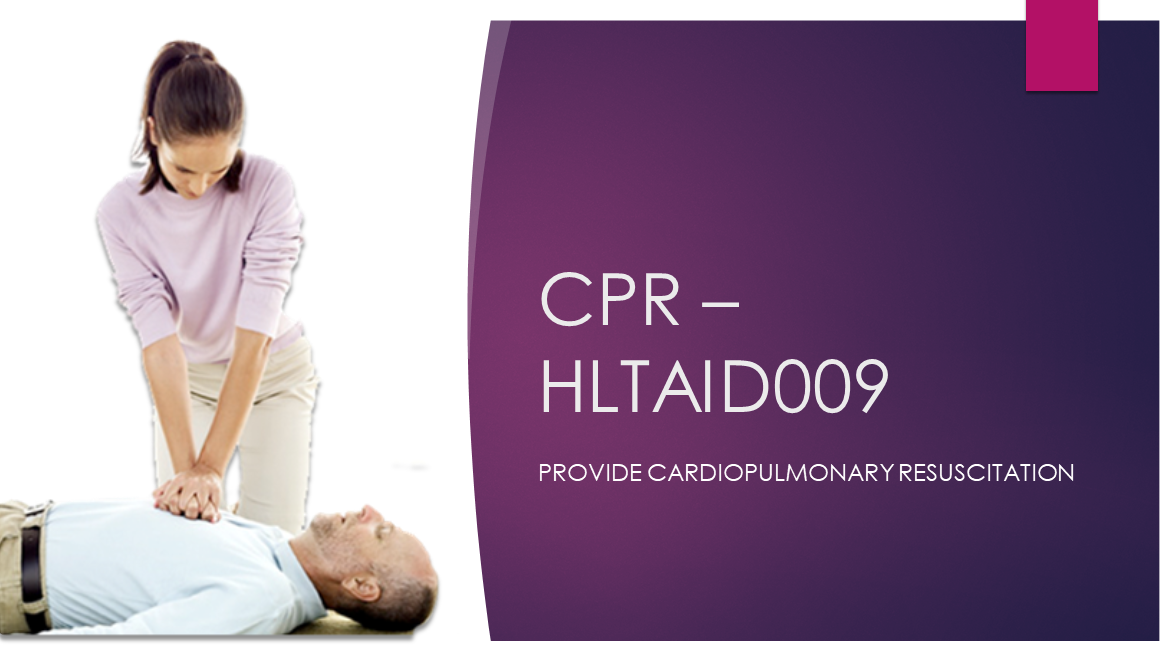
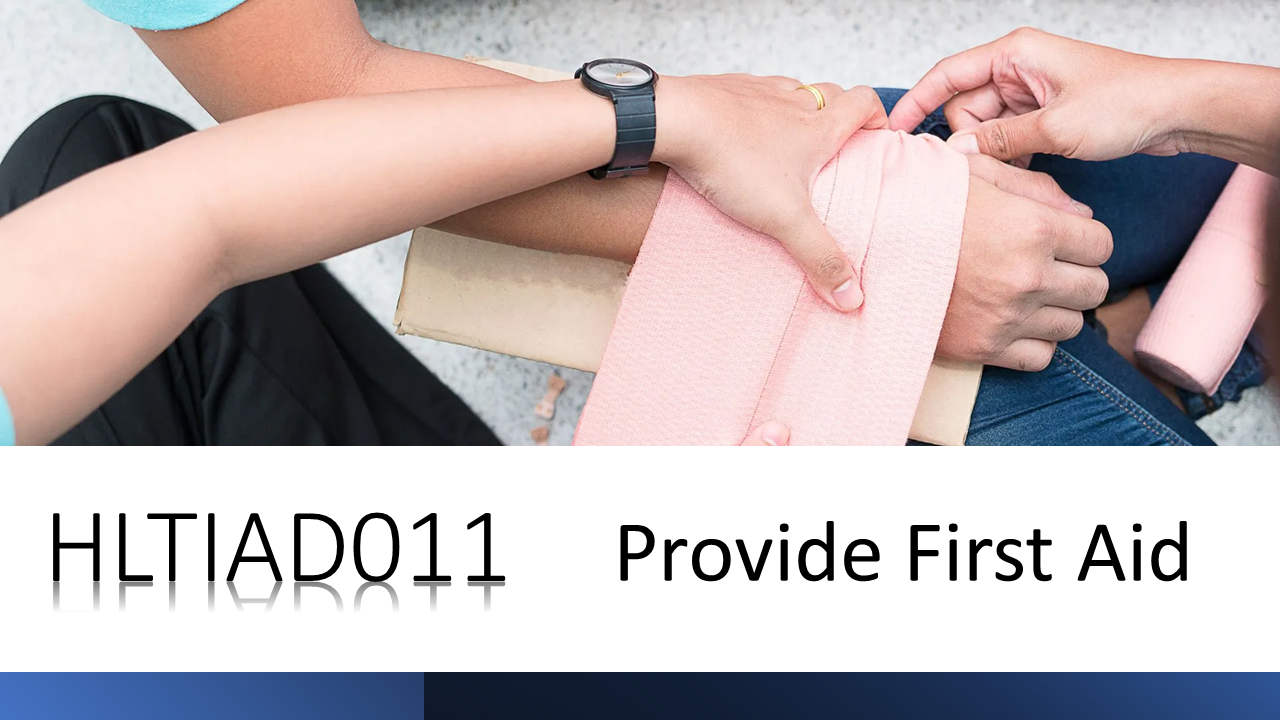
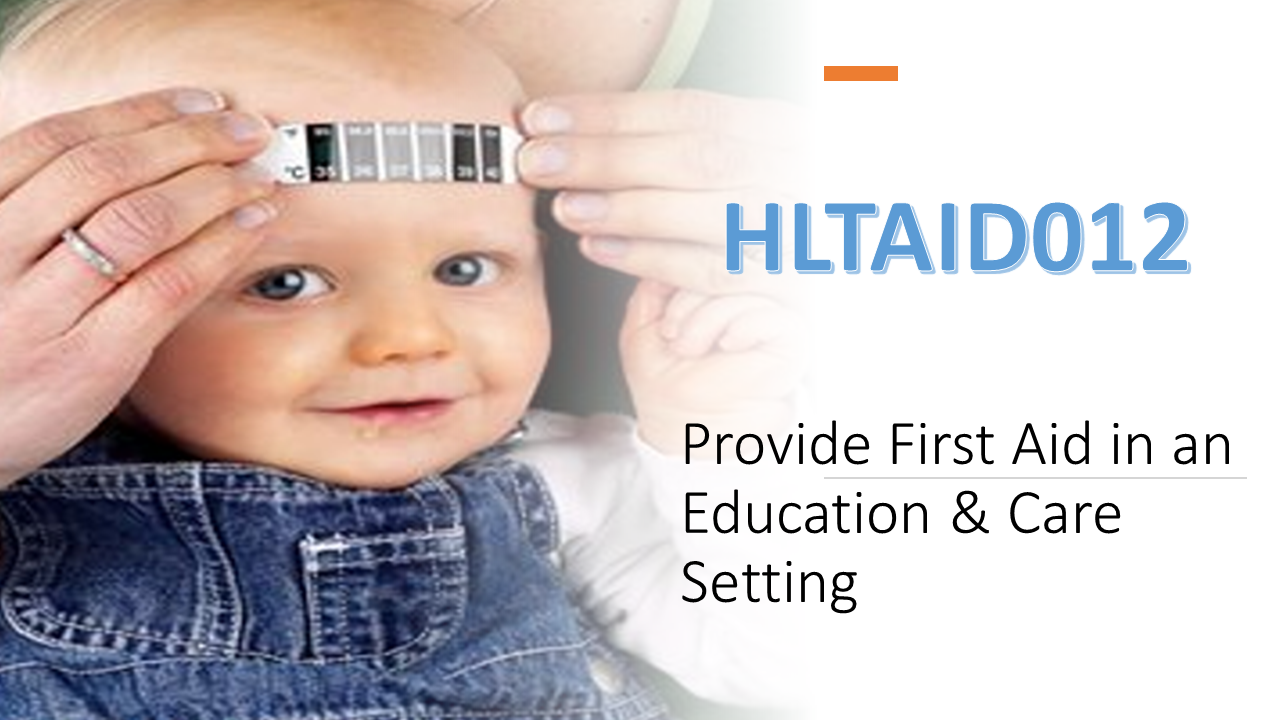
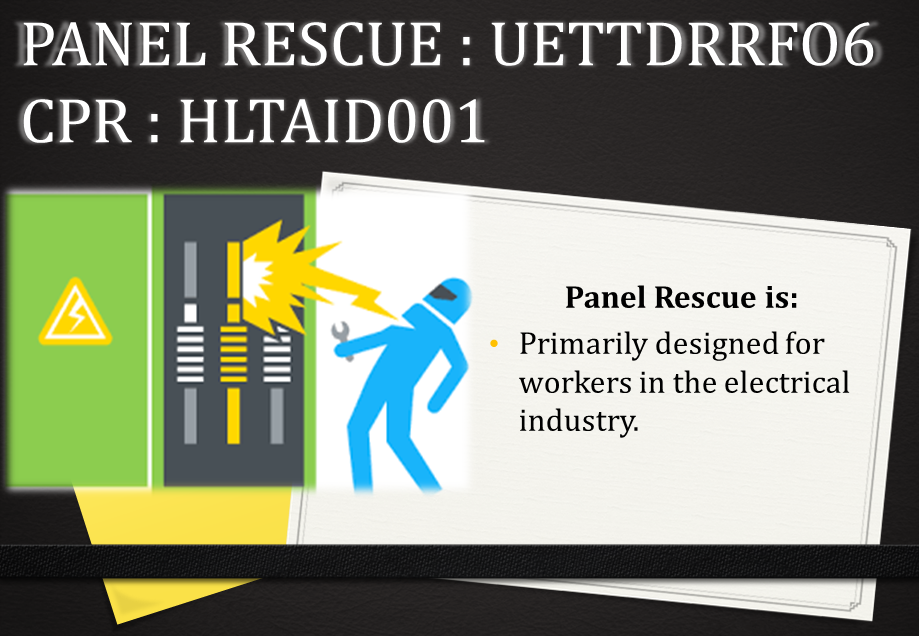
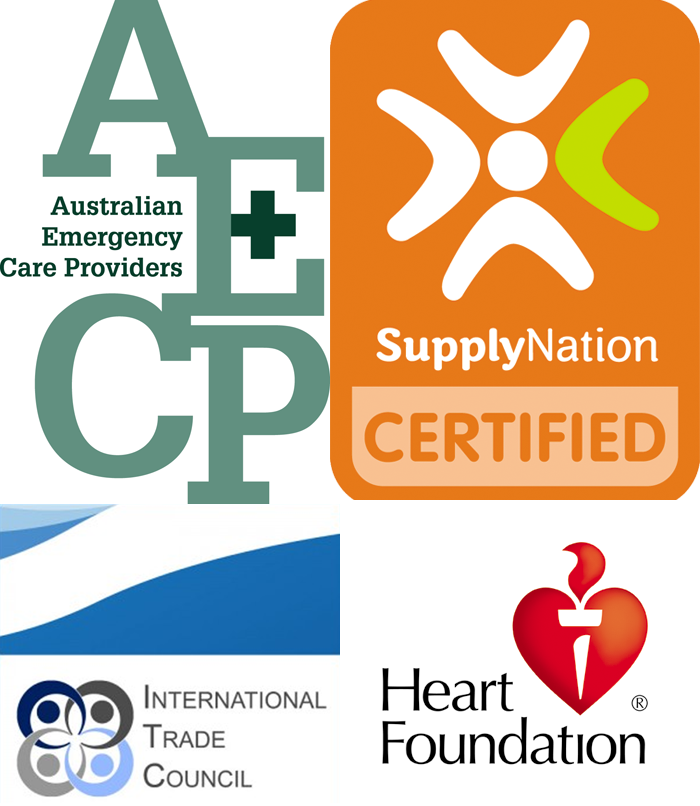 TOGETHER WE CAN MAKE A WORLD OF DIFFERENCE.
TOGETHER WE CAN MAKE A WORLD OF DIFFERENCE.